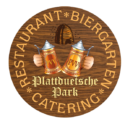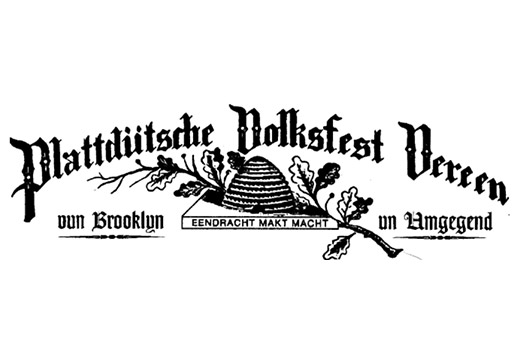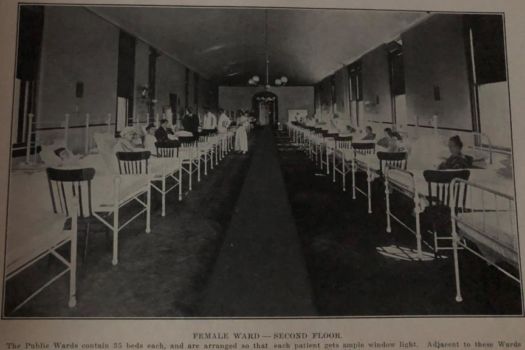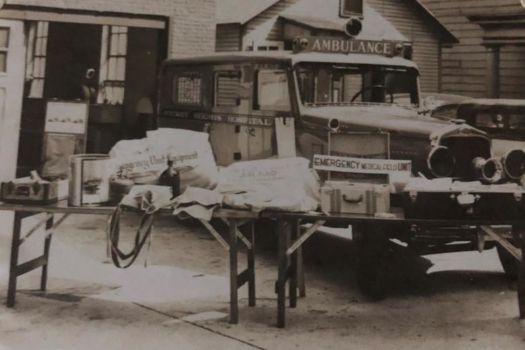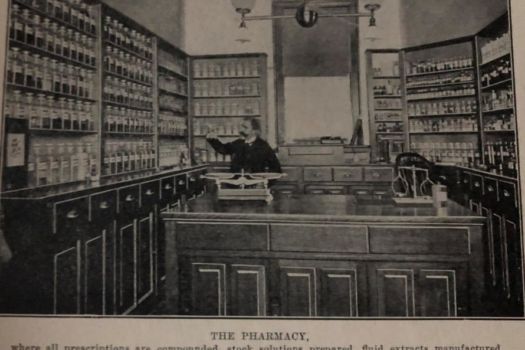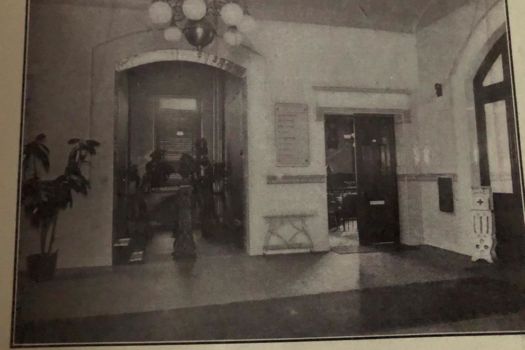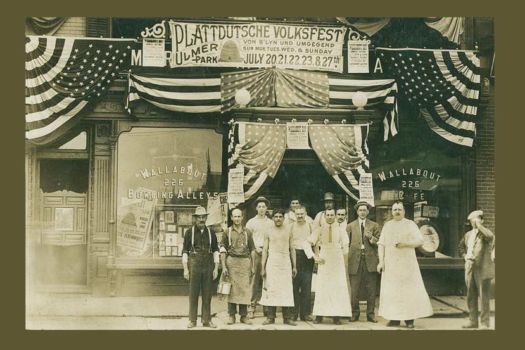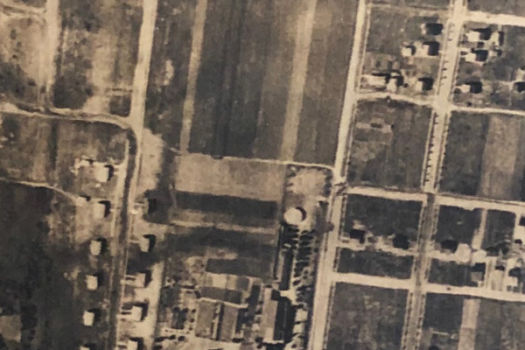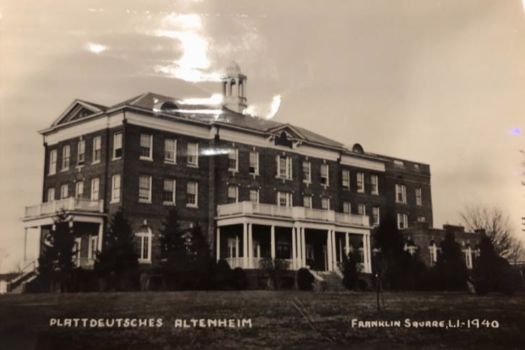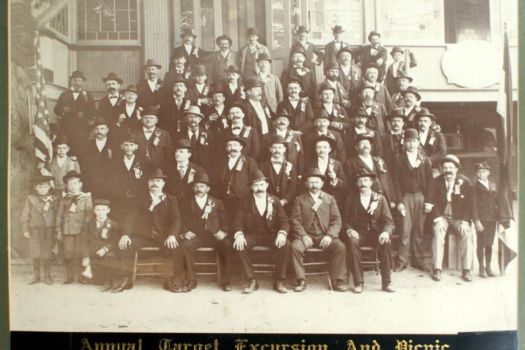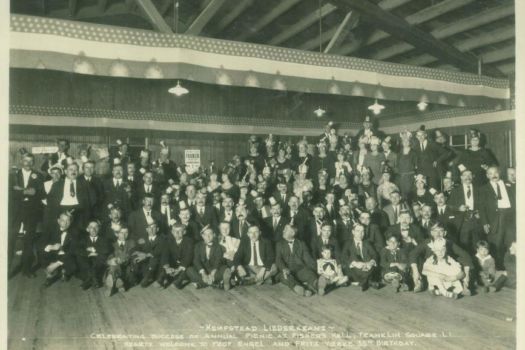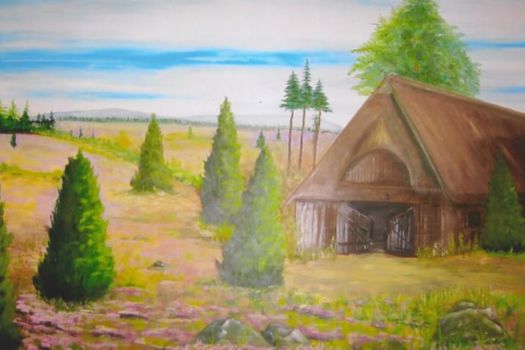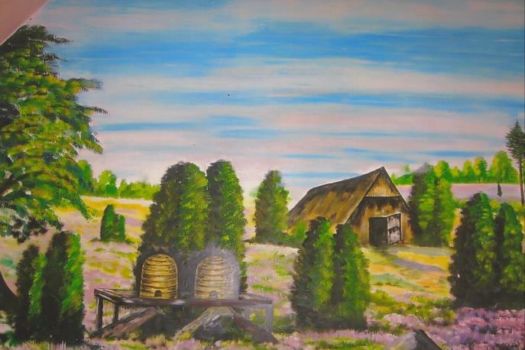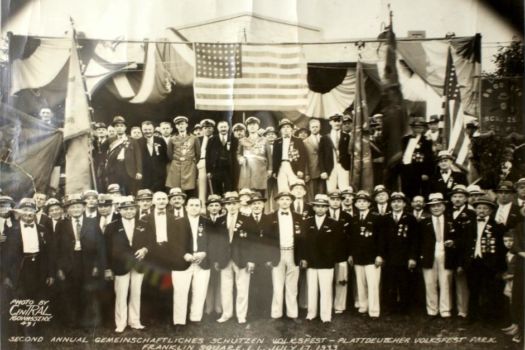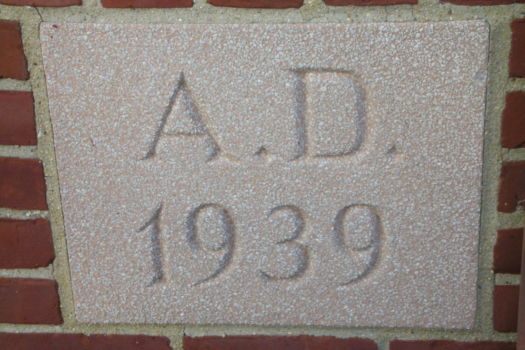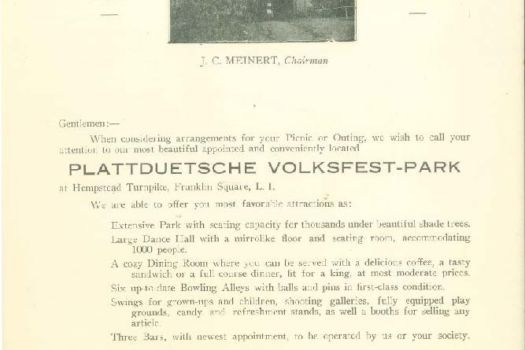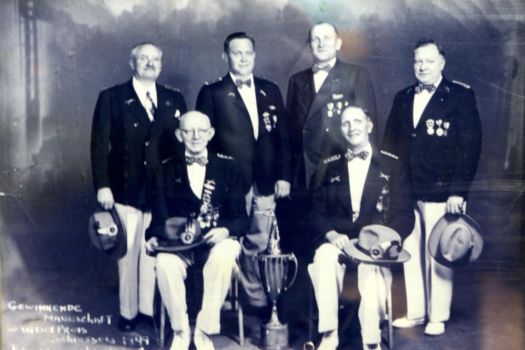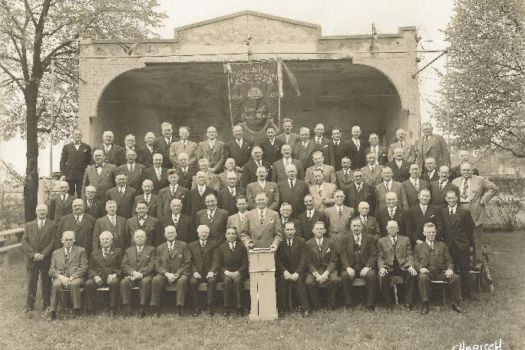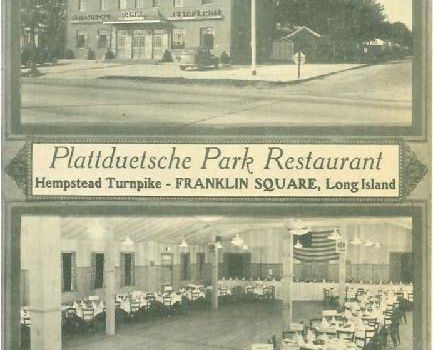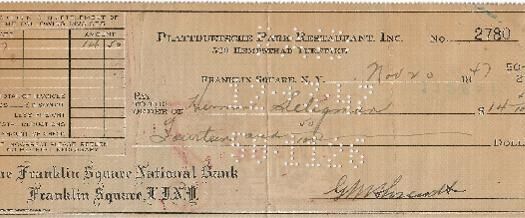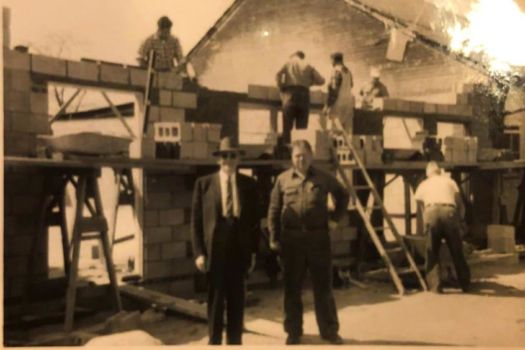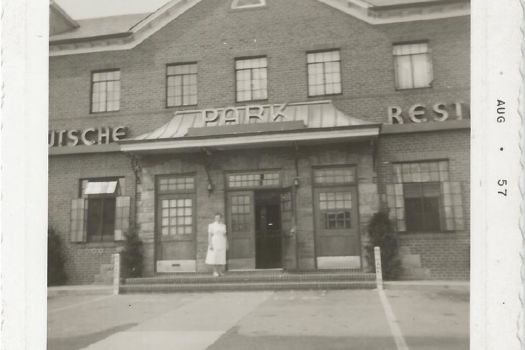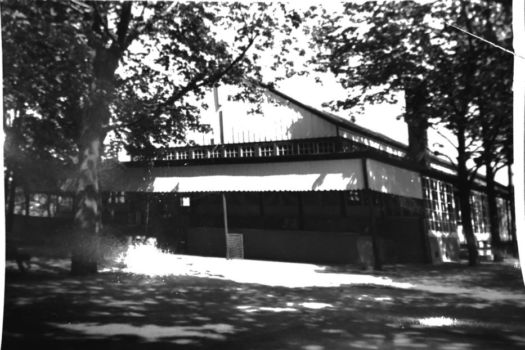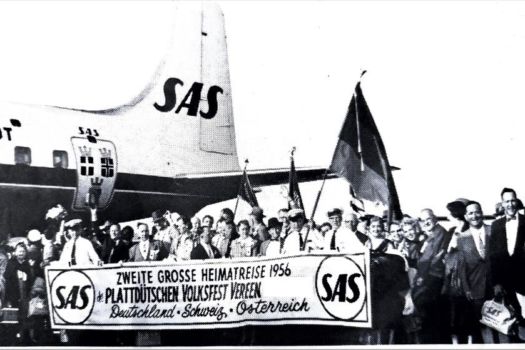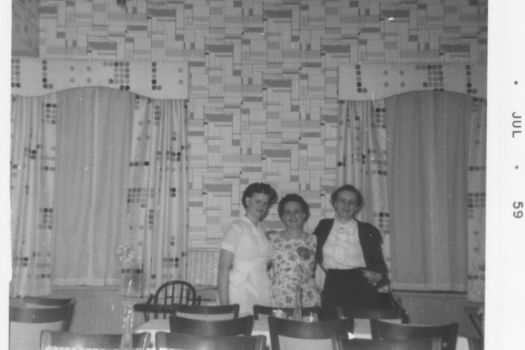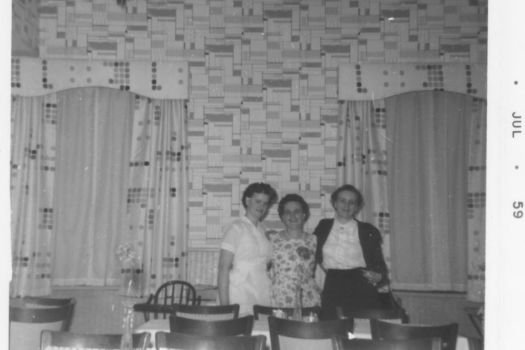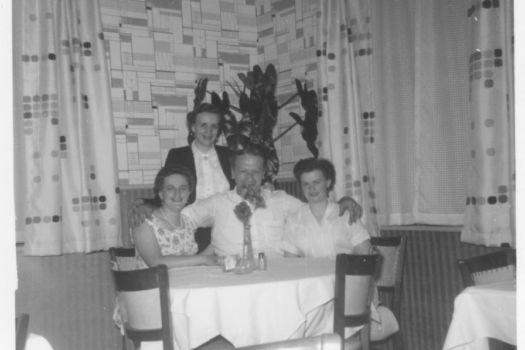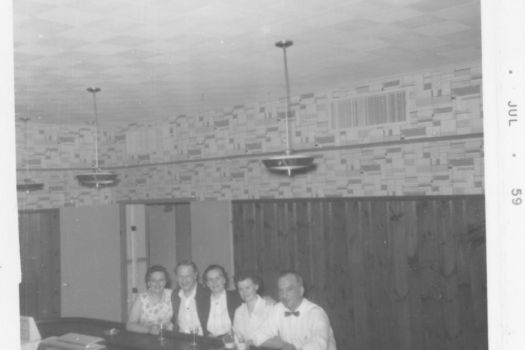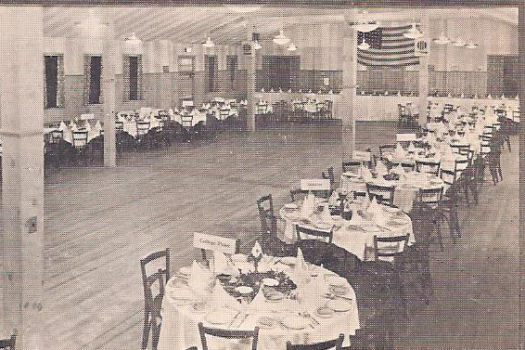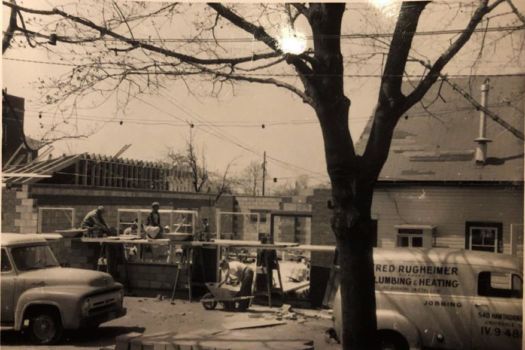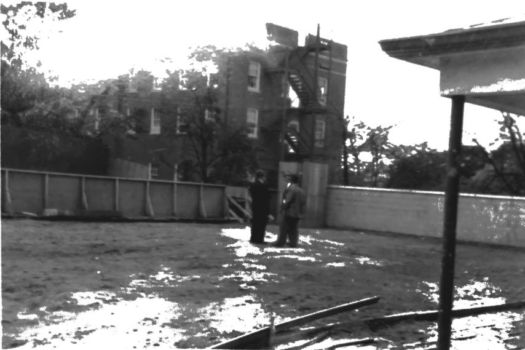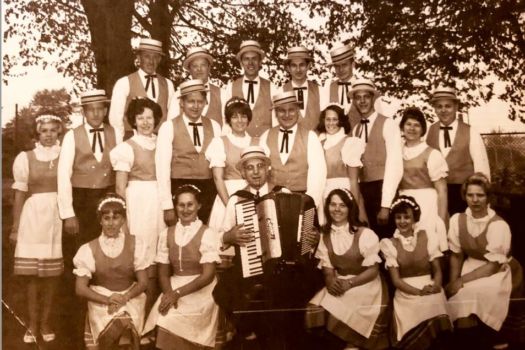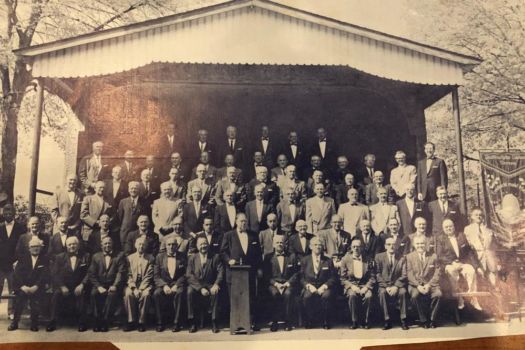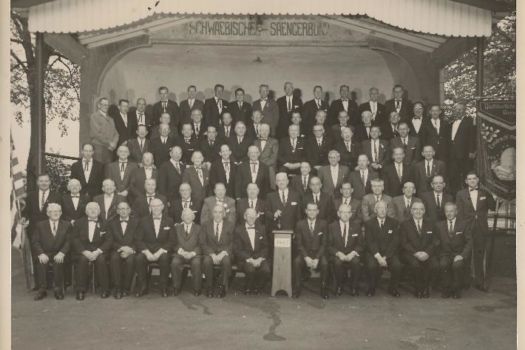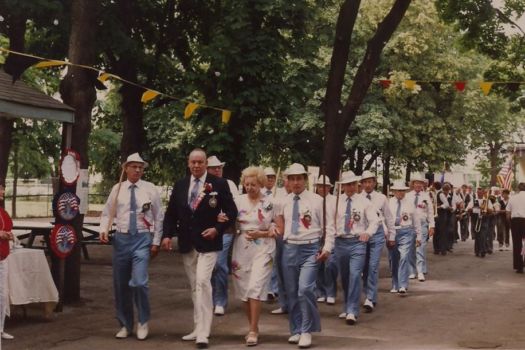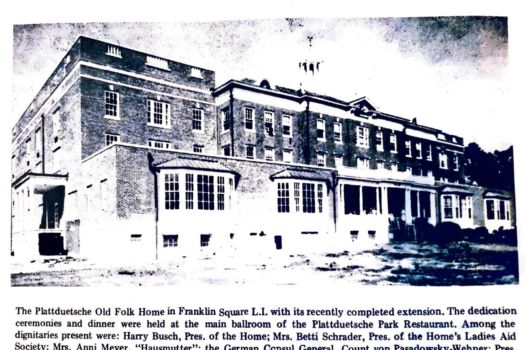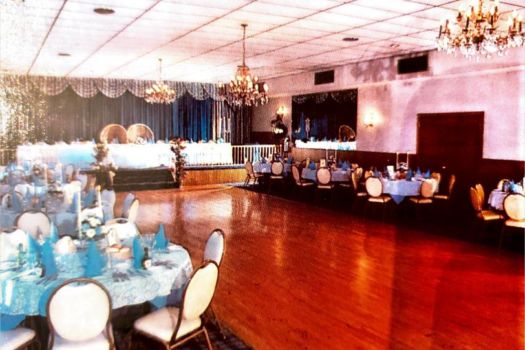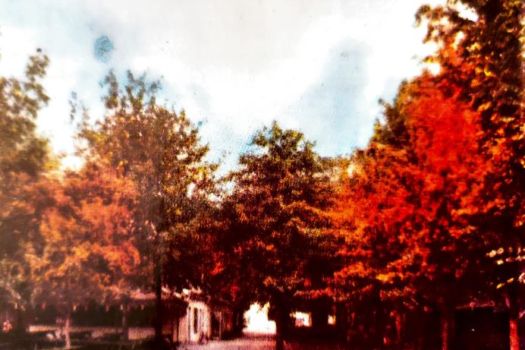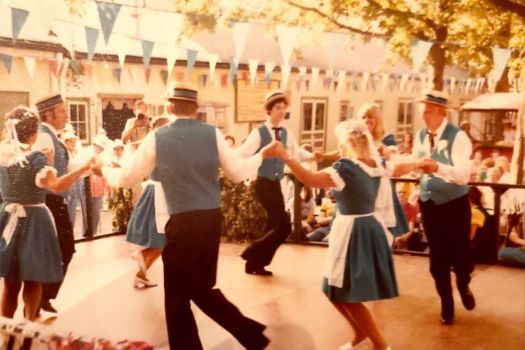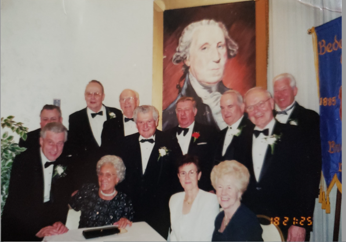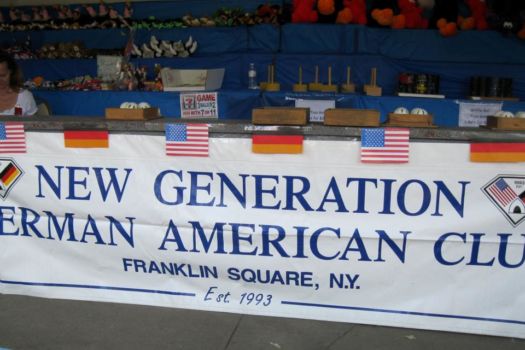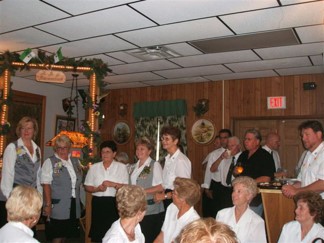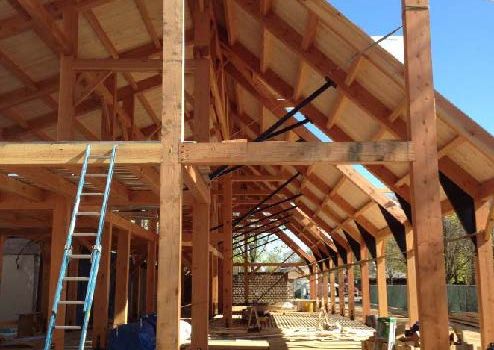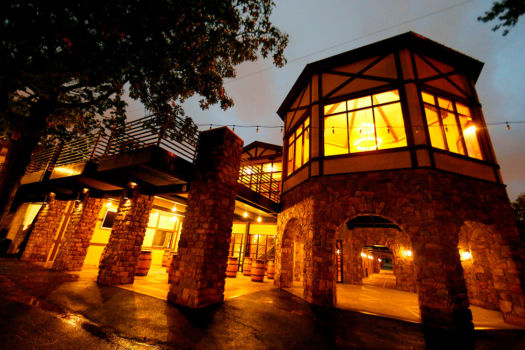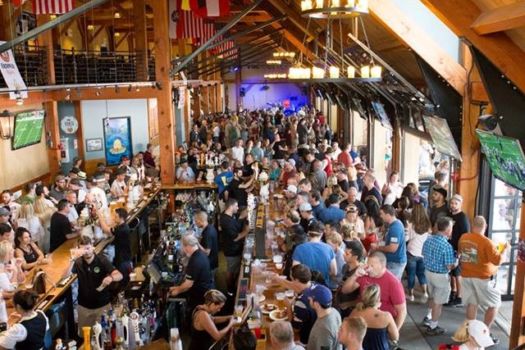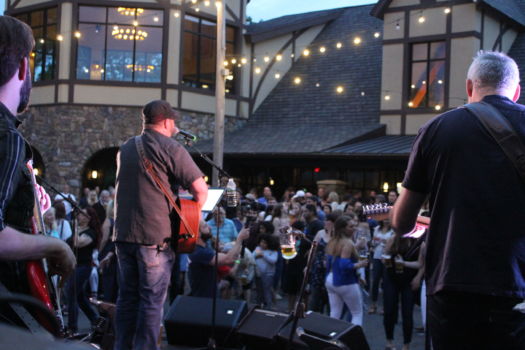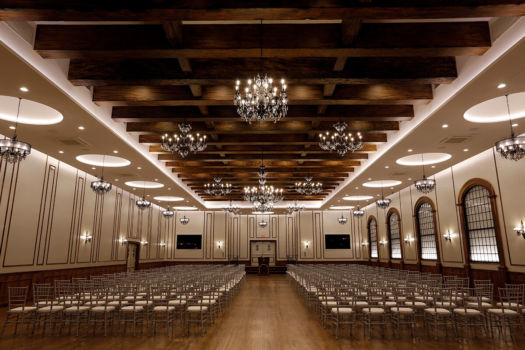Our Humble Beginnings
Plattduetsche Park traces its origins back to 1883 when Plattduetsche Vereen of Brooklyn, a society of immigrants from the flatlands of northern Germany (which is the meaning of Plattduetsche), was created. It formed out of the need for welfare and support of local community members, as well as for the promotion of German culture and tradition. If you were injured, sick or couldn’t work, they would feed and take care of your family. As a part of the society, you would receive a daily stipend in case of hardship.
The Plattduetsche Volksfest Vereen of Brooklyn was also a place for early immigrants from northern Germany to gather, talk and preserve the heritage and traditions from older generations. Their motto was “Eendracht makt Macht,” or “In Unity is Strength.” Their symbol is the beehive because, although individual bees are small, together they can accomplish amazing things.
1880s
- 1883 – The Plattduetsche Volksfest Vereen (PVV) is founded in Brooklyn, NY as a society to help German immigrant families with fellowship, assistance and traditions.
- 1886 – The PVV raised enough funds to build a hospital for members to receive free surgery and medical care. The German Hospital Corporation was spun off independently once it was built and still stands today as Wyckoff Heights Medical Center.
1900s
The PVV purchased 10 acres from a German farmer in Franklin Square with the idea of building the Plattduetsche Altenheim (or retirement home). In addition, four acres were purchased for the PVV to move its club from Brooklyn to Long Island.
1920s
- 1920 – The first festival was held at the new location with no trees in sight, only an old farmhouse and stable. Under the direction of Honorary President R. Schuhmacher, a dance hall was built. Trees and shrubs were also planted to provide shade.
- 1923 – The Altenheim building was completed with 50 rooms for the first residents to move into.
1930s
1939 – The cornerstone of the main building is laid and when construction is complete, the restaurant is opened to provide authentic German cuisine to Long Islanders.
Clubs, like the Brooklyn Schuetzen Corps., continued to meet at the Plattduetsche.
1940s
- Post WWII with a new wave of German immigration, many dances were held at the Plattduetsche. Young men and women would attend, lifelong friendships were formed and many of them met their spouses in the Biergarten.
1950s
- 1957 – The original dance hall was burned to the ground in a fire in 1956, but a new one was erected in 1957 and christened Jägerhalle. It began its new life as a bowling hall, later became a dance hall and then a place for singing, dancing and the Christmas fair.
- The Travel Committee offered special charter flight deals to visit Germany each year for families in the German clubs.
1960s
- 1964 – The Plattduetsche’s own dance group, the Tanzgruppe, performed in the Hall of Science during the World’s Fair in Queens. Over the years, the group also showcased its dancing at Green Acres Shopping Mall, Westbury Fair Cerebral Palsy Festival of Trees and the Eisenhower Park German Night. Every year, they also performed in the Steuben Parade in NYC and at the many festivals and other celebrations until the group went out of existence. Many other dance groups still perform at the Plattduetsche today including Original Gemuetlichen Enzianer.
1970s
- 1974 – The expansion of the Plattduetsche Home was completed and dedicated.
- 1975-1977 – A Long Island Steuben Parade with over 500 people was held in Franklin Square followed by a celebration at the Plattduetsche Biergarten.
1980s
- The Brooklyn Schuetzen upgraded its facilities in Jägerhalle.
- Festivals and cultural events, along with catering, continued to take place.
1990s
- The Beautification Committee was formed by Ann Harmeling, Ann Preussner and Ella Ney of the Brooklyn Schuetzen Damen to make needed improvements to the rooms and buildings at the Plattduetsche.
- 1993 – The New Generation German American Club was created to ensure that culture, heritage and traditions are passed to the newer generations, many of whom no longer spoke fluent German.
- The Brooklyn Schuetzen also added a Schützenstube for gathering and entertaining guests with a corner for Stammtisch, or regular’s table, for meetings.
2000s
- 2012 – With new General Manager Matthew Buck, more extensive renovations to the catering rooms were undertaken. A complete overhaul of the former Jägerhalle in the Biergarten was planned and executed. The building was dismantled to its foundation and a new traditional Beer Hall took its place in 2013 with soaring wood beams, copper topped bars and a climate controlled capacity for 700 people.
- 2019 – The Grand Ballroom was renovated top to bottom with a modern look that still pays homage to our storied history.
Explore our Photo Gallery
